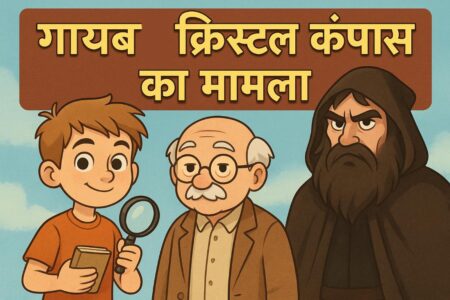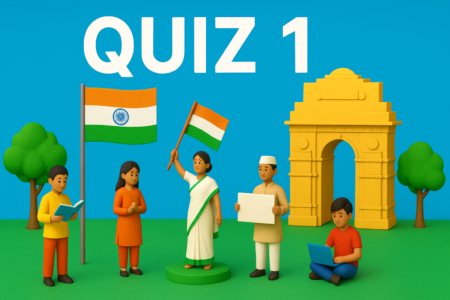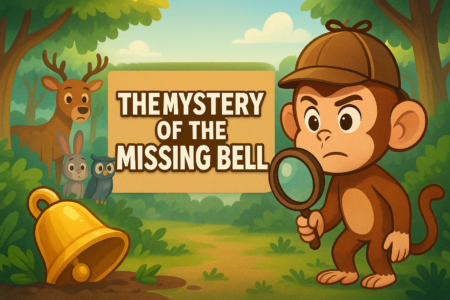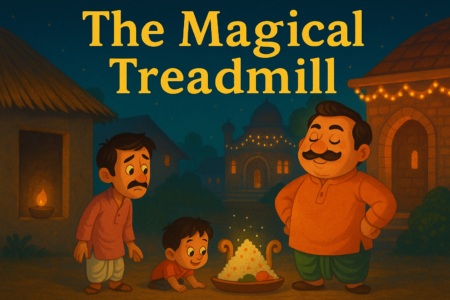Indian film has seen a significant transformation in the previous 75 years in terms of subjects, material, style, and worldwide appeal. Filmifiles presents to you the voyage of the Indian film industry, which adopted the craft of filmmaking from the West, in honor of India’s Independence Day. Bollywood movies nowadays have developed a distinct identity in the world of cinema, giving them a presence and appeal on a worldwide scale while also competing with western productions in many aspects.
A nation’s underlying culture, tradition, values, and social problems are reflected in a country’s film, and Indian cinema has also played a significant role in capturing the spirit of Indian society throughout history. From the time before Independence till the present, several generations of filmmakers, actors, directors, composers, authors, and technicians have contributed to the change that has occurred in the filmmaking industry.
Epic and Mythological Films

The first silent film in India, Raja Harishchandra, was produced in 1913 by Dadasaheb Phalke, the founder of Indian cinema. While he sat in a theatre in 1906 and watched the British movie “The Life of Christ.” He immediately decided to produce a movie after having an idea of how to depict Indian Gods and Goddesses. Phalke supported Indians running their economies and was a fervent supporter of the Swadeshi, nationalistic idea. He instantly left for London to pick up filmmaking skills. After his return, he established the Phalke Films Company in India and brought all the necessary tools and machinery for filmmaking.
Read More- 7 Unsolved Mysteries of Indian History
The movie Raja Harishchandra, which had an all-male cast and included Dattatraya Damodar Dabke in the lead role along with Anna Salunke, Bhalchandra Phalke, and Gajanan Vasudev Sane, is regarded as the first full-length feature film. Raja Harishchandra had his theatrical debut on May 3, 1913, at Girgaon’s Coronation Cinematograph and Variety Hall following a premiere at the Olympia Theatre in then-Bombay. The movie was a great commercial hit, which laid the groundwork for the Indian cinema industry. Dadasaheb Phalke undoubtedly did not believe that he had created the foundation for the greatest cinema business in the world.
Great epic and mythical movies like Satyawan Savitri, Lanka Dahan, Shri Krishna Janma, and Kalia Mardan were produced in the years before India gained its independence. The propagation of moral ideals in society, as advocated in the Indian epics, was emphasized in these silent movies.
The debut of female actors

In both his ideas and actions, Dadasaheb Phalke was a revolutionary. Following Raja Harishchandra’s phenomenal success, he cast Kamalabai Gokhale as the first female performer in his 1914 film Mohini Bhasmasur.
The popularity of Indian films eventually spread throughout the country India, and many new filmmakers started incorporating aspects of Indian culture and social life into their films. Many people attempted to incorporate fresh concepts from around the globe, and finally, the worldwide markets and audiences became aware of India’s film industry.

Conversation in the movies
The silent period of Indian cinema came to an end with the release of Ardeshir Irani’s Alam Ara, since the medium now featured singing, dancing, and talking. The first motion picture with a soundtrack, Alam Ara, which debuted on March 14, 1931, delighted viewers.
Mumbai eventually developed into a center for film production firms and units. Hit movies from this period include Miss Frontier Mail, Madhuri, Indira, and Anarkali Devdas. Savitri, the first Telugu movie made by East India Company in 1933, won an honorary diploma at the second Venice International Film Festival. The Bombay Talkies debuted in 1934, and the Prabhat Studios in Pune started making movies.

Exploring civil disobedience
Indian film evolved as a platform to express the voice, viewpoints, and fury against the British Raj during the country’s war for independence. While Indian nationalists and freedom fighters struggled for their country’s independence from the British, the characters in our film did it in their unique way. Between 1921 and 1947, some 20 films, including Apna Ghar, Naya Tarana, Prem Sangeet, and Amar Jyoti, were released. These films promoted patriotism among Indian residents.
Even the cinema songs of the time included lyrics that the British found incendiary or unpleasant, such as “Chal Chal Re Naujawan” from the movie Bandhan and “Charkha Chalao Behno” from the movie Aaj ka Hindustan. In fact, since the song from Kismet, “Door Hato Ae Duniyawalon Hindustan Hamara Hai,” sparked anti-British feelings, poet Pradeep and music composer Anil Biswas were detained.







